Road to the World’s 50 Best Restaurants 2016: Andrea Petrini gives us the gritty insider view
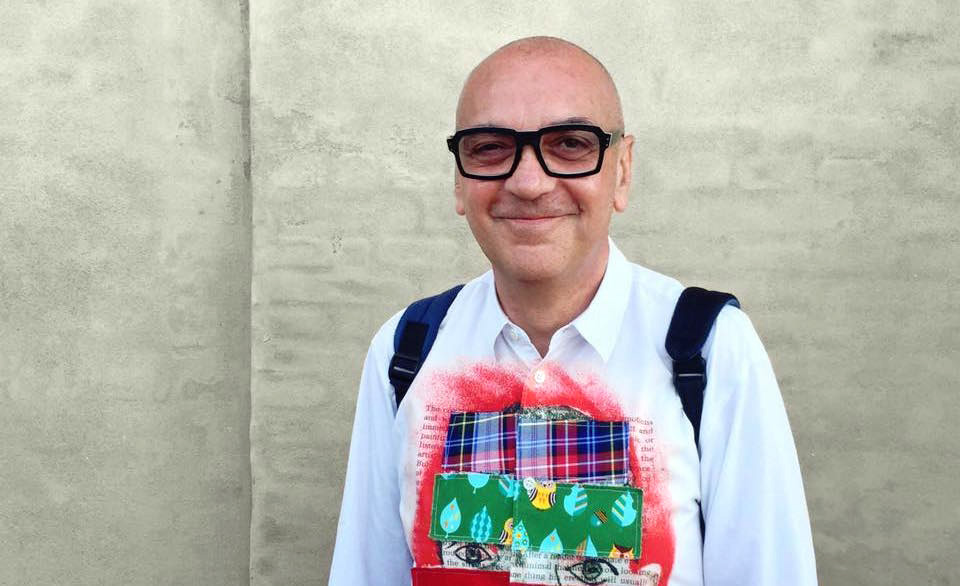
Andrea Petrini is a true mogul of international fine dining. Time magazine defines him as a talent scout who takes young chefs and makes them stars. Petrini has been a 50 Best panel chairman for over ten years and we had a frank chat with him about the upcoming list and the new food trends.
Let’s start with the shocker: Le Chateaubriand and L’Astrance have been voted out of the 50 Best.
I’ve known about this since two or three months ago. I think it’s really bad news for France because two of their best restaurants are out. If it’s always the case that the best ones are the first to leave, then I have no idea what’s going to happen next, and who is going to take their places. Really bad news for France and also for the 50 Best. If the face of modern French cuisine doesn’t feature Le Chateaubriand, L’Astrance, Yannick Alléno – even Alain Ducasse! – who the f*** is left in there?
So Septime is back in the 50…
Yes, Septime is back in the list.
How long have you been living in France?
It’s been 30 years. I’m French, from a tax point of view and also soul-wise. Since 1986… actually 1985.
How did you see the culinary scene changing over the years, even through the storms caused by Le Fooding and the 50 Best?
In France, up until ten years ago, there’s been a sense of omertà, as if it was Cosa Nostra. It felt like a remake of Il Gattopardo di Lampedusa directed by Visconti. Better to die than change. Then they had to deal with the [culinary] changes forced by the arrival of Spain, the US, and the Nordic countries. Little by little they realised going to a restaurant didn’t have to be a sacrifice; it wasn’t about genuflecting in the temples of gastronomy. Without even realising it, the professionals of the industry missed the last train that they had to catch. So the universe of Michelin/Millau gastronomy went past lifestyle and cuisine became part of the pop culture – and they didn’t realise it. Here in Paris there are people aged 18 or 20 who collect restaurants like people used to collect records, books and skirts. Going to restaurants is a means of expression recognised by popular culture, but the French culinary establishment still hasn’t understood this. France is still seen with that Cold War image, an old-regime that will never change. I was in Portugal two weeks ago and two young chefs from France, from Cafe Sillion in Lyon – similar to Chateaubriand and Septime – [were cooking] and their plane was delayed, and in this restaurant everybody was thinking: “Oh you see, that’s the French, they come here late because they are arrogant and full of themselves”. Then they arrived and they were just two young lads, sort of hipsters, just shaven – and no one expected that. And their dishes impressed everybody. But the image of France is still the stale, old-fashioned one of a time gone by.
You’ve been chairman of the French 50 Best for nearly ten years, and previously chairman in Italy for three years. Who decides who should take the position and when it’s time for them to leave?
Well, recently they adopted a drawing-straws method, like in the trenches of World World I, to decide who should be in the front line: randomly. Every year they changed between two or three chairmen. This year William Drew, the head of 50 Best, was still scared after all the polemic caused when Le Chateaubriand was the number one French restaurant in the list. He was frightened – if you know what I mean – because of all the complaints and accusations made by the three-Michelin-starred restaurants and the Relais and Chateaux ones, who threatened to – and did – stop serving San Pellegrino and Acqua Panna if they were still sponsoring the 50 Best list. After all these years of polemics and threats, Drew was worried that San Pellegrino would abandon the 50 Best. Something they did in part because they are no longer main sponsor of the 50 Best (they are main sponsor of the Asian and South American 50 Best). So, last September, William Drew called me to ask whether I would be upset if they changed chairman after the 12 years we worked together, because they wanted to improve their relationship with the French gastronomy establishment, after years of complaints from Robuchon and other three-Michelin-starred restaurants, and the Relais and Chateaux association, who complained about the 50 Best. Obviously I was responsible for the jury, and therefore indirectly the results. He asked if I minded about this change. I told him it wasn’t a problem, I’ve been doing this for free for 12 years. I warned him to be careful about the person replacing me. Normally it’s the outgoing chairman who proposes the successor. Drew told me they had already someone, and it turns out it was the most stupid choice. In a phase where people demand transparency – they want to know how many jurors vote for the first, the second, the third name – they don’t even reveal who the jurors are any more. So, as the world demanded transparency, they elected, to make the French establishment happy, Nicolas Chatenier. Firstly he is a chefs’ agent, so he is connected to chefs, secondly he is a PR, working for chefs Anne-Sophie Pic and Alexandre Gauthier. And since 1st January 2015 he is in charge of communication for Le Grandes Table du Monde, whose president is the husband of chef Anne-Sophie Pic. If this doesn’t resemble a sort of Cosa Nostra or Masonic lobby…
So, apart from the list, there’s still a fight between the establishment and the new, progressive generation?
Absolutely, I’ve just checked the 51-100 results. If Le Chateaubriand, L’Astrance, Yannick Alléno and Ducasse are not in the list, I wonder who is. If there are only Robuchon, Passard and Grebaut then we have a big problem, don’t you think?
Well I’m very happy about the return of La Grenouillere in the 51-100 – a restaurant that I love – but if the chairman of France is their PR, people could speculate.
Yes, he is the PR for Alexandre Gauthier and also Anne-Sophie Pic. I know because we worked together on festivals. If in these times we talk about transparency you cannot put, I don’t know, the son of David Cameron to campaign for the party without saying he is the son of David Cameron. If you know what I mean?
You are also Italian, and last year there were only three Italian restaurants in the 50 Best. Why isn’t Italy that competitive? Apart from Osteria Francescana, who are fighting for the number one spot.
Well, the good news is that Davide Scabin is back in the 50 Best. You know, the fact that one of the best Italian chefs, Niko Romito of Reale, is now number 84… I think it’s a shame that Riccardo Camanini of Ristorante Lido 84, on Lake Garda, who has been the revelation of the last two years, does not feature yet. Italy did so badly last year, it can’t be worse this year. The worst performance this year will probably be from France!
Many criticise the tourist board in Spain, and in Scandinavian and more distant countries, because they bring a lot of journalists to dine at their restaurants.
Spain does that, just like other countries. It’s a way of promoting not only the restaurants, but the food culture of the entire country. If every country brought journalists to write about their countries and restaurants it would be a great thing. Why don’t they do it? If Italy understood that cuisine is not only cooking spaghetti with friends on a Sunday, but a way to make the industry grow, it would bring different tourism, both young and gourmet, instead of the classic gourmands of the Michelin Guide of 30 years ago. It’s a great way of showing a new face of Italy, and that would create work too. So I’m very happy when tourist boards do that. Just like you spend money for the Palio in Siena, you can invest money on promoting the Italian cuisine to make your country and tourism grow.
Another big change is the ceremony moving to NYC, after 14 years in London. Is it staying for a while?
I don’t think so; now the World’s 50 Best is a brand, they go where there’s money. For the first two years of the South American list they were in Lima, then they went to Singapore for the Asian one. They find governments who want to invest in this for the huge media that it creates. Then Bangkok and Mexico City. And they are already working with the Australian government, signing deals to bring 50 Best there next year. So the idea is that every year you find a better bidder. You go with the best offer. It would be fun one day if the ceremony was held in North Korea.
If they offer more!
Yes, like the hip-hop singer – not Kanye West, the other one – who was paid to watch ping pong games in North Korea.
The other day we were talking with Grant Achatz from Alinea about the lack of female chefs in the list. He is saying it’s just maths, there are much fewer women in the kitchens therefore there aren’t many in the list.
There are some women. First of all, the food industry is a conservative, sexist and male-dominated environment. For years women couldn’t enter some kitchens. In Italy there are more women than men, though. Pinchiorri’s Annie Féolde, Valeria Piccini, Luisa Valazza, Nadia Santini… There are great female cooks. Things are changing, anyway. I don’t think it’s necessarily an affirmative action to support minorities, counting how many women, black men, how many are gay, how many are Asians… We are talking about talent here. Dominique Crenn [the winner of the World’s 50 Best Female Chef Awards 2016] deserves her award, just like Helena Rizzo last year. As a chef, not as a woman.
Why can’t they just have a high position in the list rather than a separate award?
Think about Ana Roš, one of the best chefs in the world, and she is not ranked. Why? Not enough people go to Slovenia to dine. You need to go to Ljubljana and then Kobarid, where she is. Things are going to change, not applying affirmative action pro women, gay or transsexual people.
Chefs are increasingly under pressure to create photogenic dishes because of the social media attention. Is this having a negative effect on menus and ideas?
Yes, this has been happening since the 2000s with the food festivals. It’s all about them being on a stage, doing show cooking and exhibiting dishes that have been created for festivals. As a result, chefs have become salesmen. They travel rather than staying in their kitchens, which I think leads to prejudice in the end.
You saw the molecular gastronomy, bistronomie and New Nordic trends come in, in recent years. Is there a new one about to explode?
Everyone is looking for a new trend at the moment. However, it won’t come from the chefs, it will come from the public, who will refuse to be dominated by the chefs’ choices. Within three years, there will be a return to à la carte menus. The days of the immutable, drawn-out tasting menu are numbered, and will be collectively rejected. Indeed, Claude Bosi [of Hibiscus, London], one of the best European chefs, who is sadly not in the 50 Best list, set fire to his tasting menu and returned to a format where diners can choose their starter, main and dessert. People want to compose their own menu. It won’t be imposed from the top any more. Maybe the tasting menu will remain in some incredible places you go to twice in a lifetime, like Alinea or Noma, but within a maximum of 5 years there will be a return to the carte. And the public will choose their own menu. There will also be a more “cooked” kitchen. In the last five years, chefs have dropped the molecular approach, the siphons, the technology to create those foams and airs. During these five years the imitators of Noma are all serving raw food, fermented or cured. Now the food is becoming not more elaborate but more cooked. It’s not a coincidence that Bertrand Grebaut, one of the smartest young chefs in France, since two years ago – and without publicising it – has been serving more classic sauces revisited in his own style.
Let’s talk about Gelinaz!, your project, and the various “Walk with Us” collective dinners with chefs. You came to London, then went to São Paulo and you’ll be in San Francisco in July.
Yes, and probably Moscow this September. They went very well; initially we wanted to do something much more simple and easy to organise: actual dinners rather than performances. In the end, we realised that, even if they seem simpler, there’s still a huge amount of work behind them.
The dinners are just a taste of a new, bigger event that we’ll organise by the end of the year. It’s going to be a new version – we are still working on it – of The Shuffle (a 2015 Gelinaz! event where 37 top chefs swapped kitchens), on a broader scale.
Very interesting. Last two questions. What was your best meal this year and where was it?
Since 1st January? [hesitates] Noma in Australia. It is completely different from Copenhagen, and even more extreme than Noma in Japan. Obviously, they use Australian ingredients, and the flavours are much stronger, as well as being more acidic and bitter. It is also a much more cooked Noma than the “original” or Japanese version. The dish of the year was a breadcrumbed abalone: it looked like a Milanese Steak and it was out of this world.
Last question: who is going to win on Monday?
As a good Italian, I hope that the great Massimo Bottura is going to win. Other rumours say that Daniel Humm of Eleven Madison Park is very likely to win. Should that happen, blabbermouths will say that it’s because it’s in New York (just like when the 50 Best went to Lima for the first time, Astrid y Gaston won). Anyway, these are just rumours, but it should be a battle between Bottura and Humm.
Thanks a lot for this chat Andrea!
Thank you! And I hope to see you when I’m back in London.
Filippo L’Astorina
The World’s 50 Best Restaurants 2016 ceremony takes place in New York City on 13th June 2016. Follow our live blogging from NYC on Twitter.

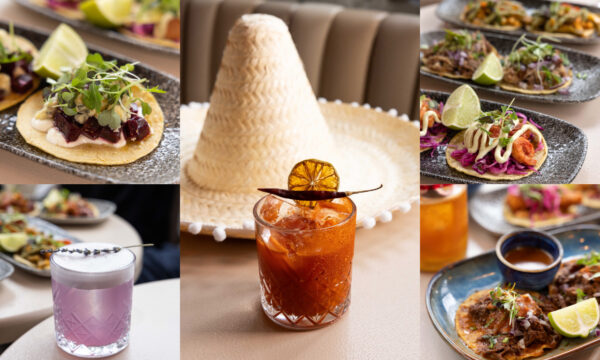
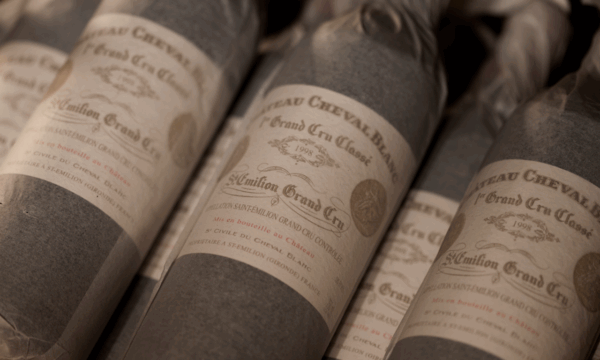
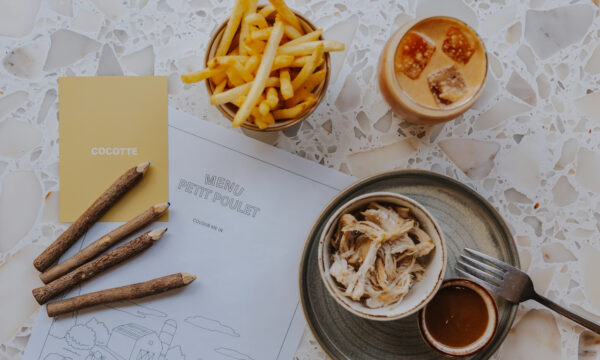
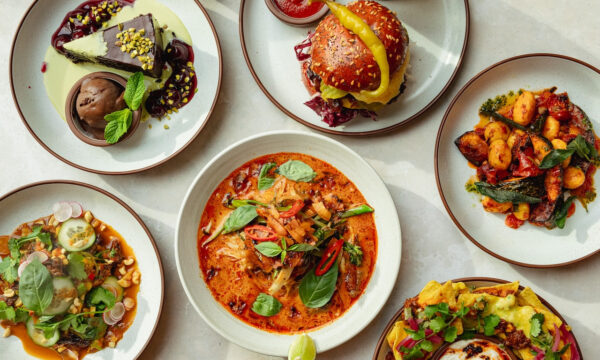
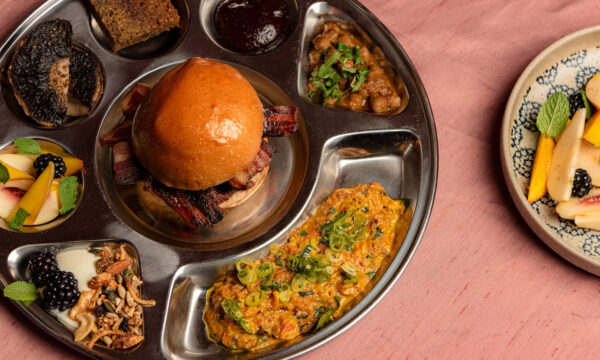
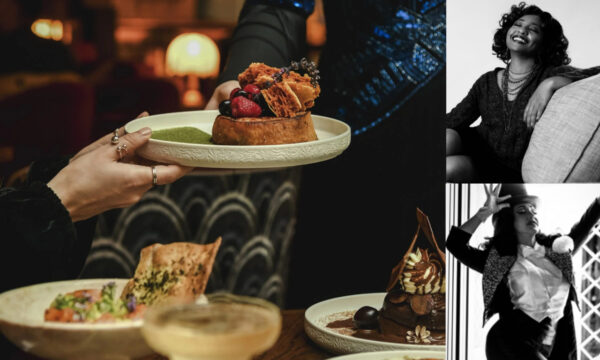
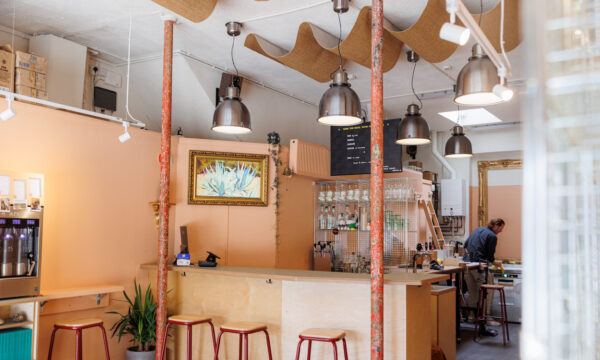
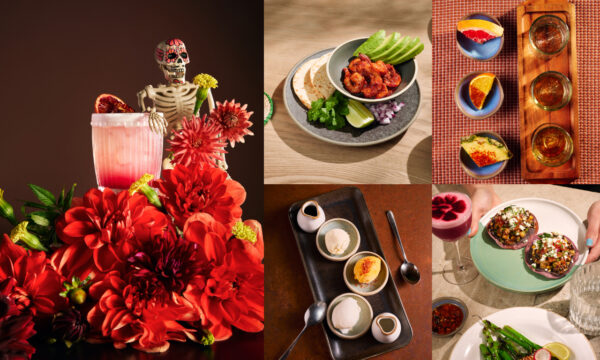
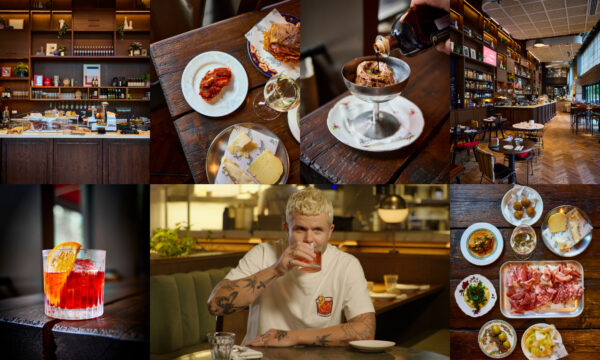















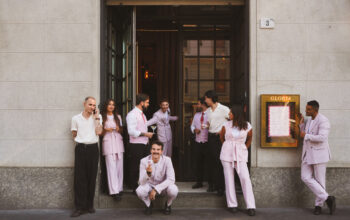


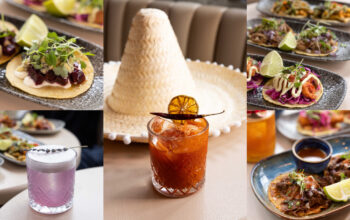
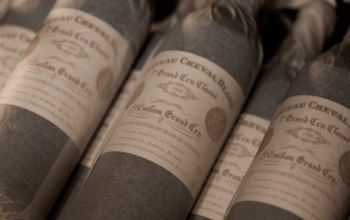

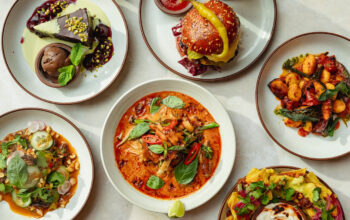
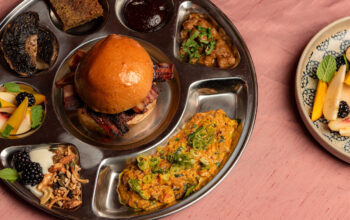





Facebook
Twitter
Instagram
YouTube
RSS